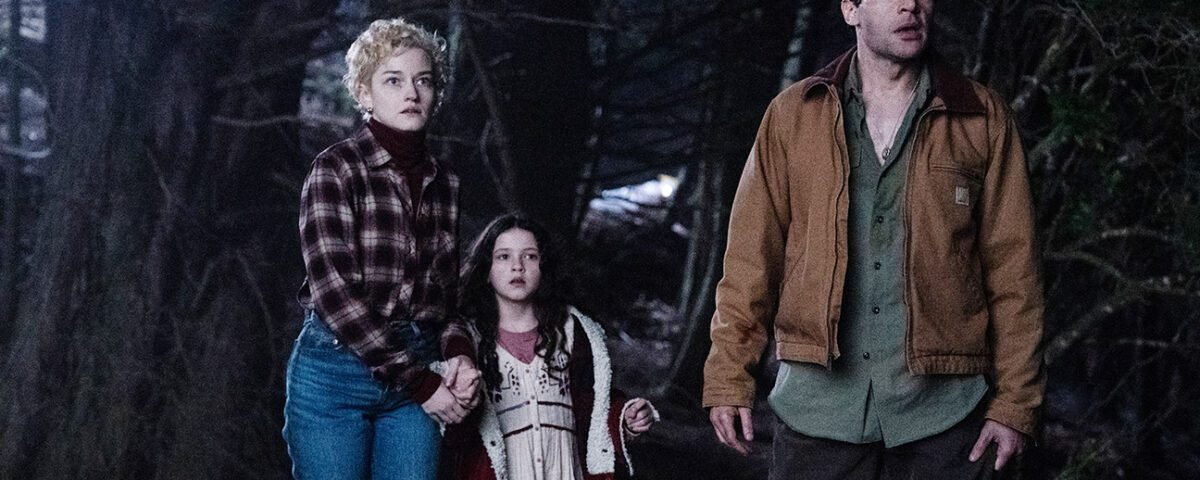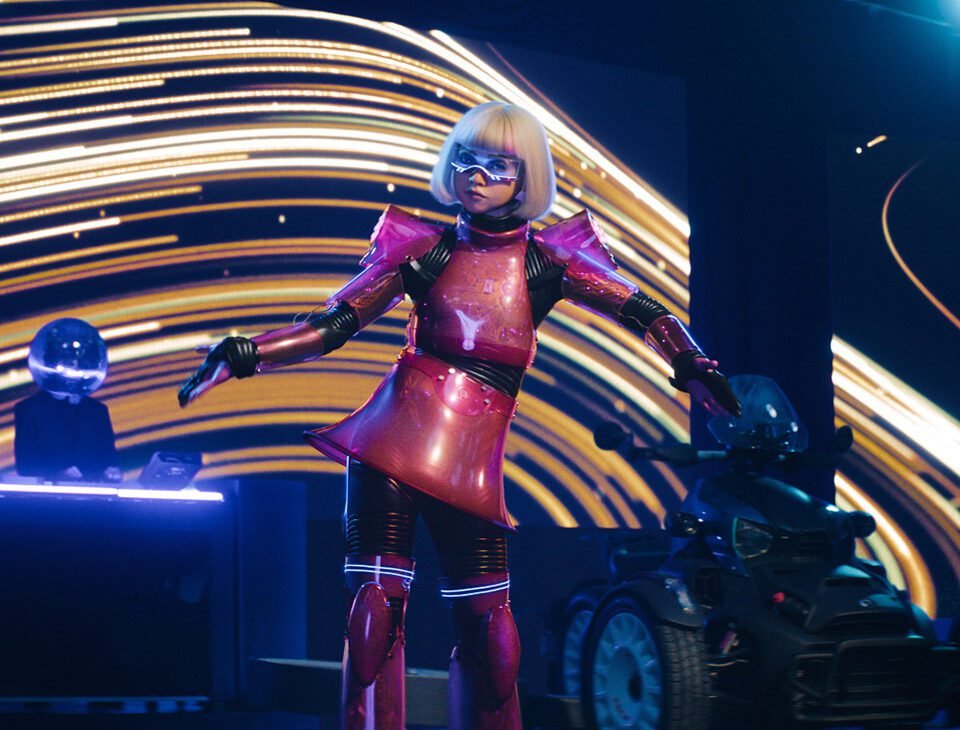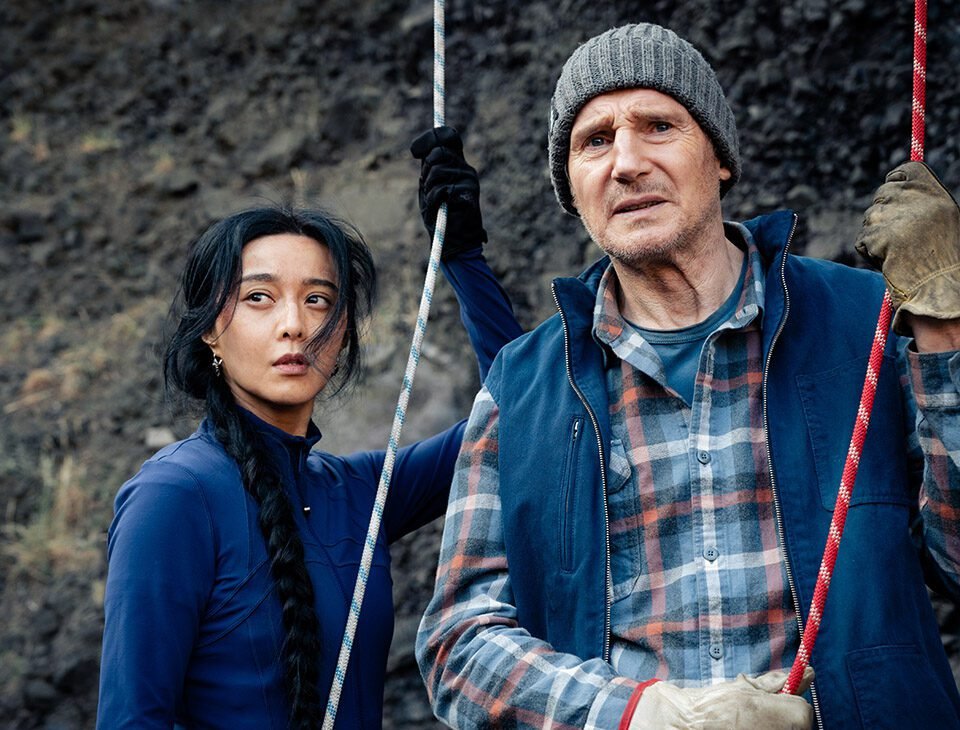


‘One of Them Days’ Review: Keke Palmer and SZA Make a Rowdily Funny Duo in Issa Rae-Produced Comedy
January 23, 2025


‘Prime Minister’ Review: Documentary About New Zealand’s Galvanizing Former Leader Offers an Intimate Look at a Woman in Power
January 25, 2025Leigh Whannell follows ‘The Invisible Man’ with another update on a classic from the Universal archives, unfolding in an isolated farmhouse in the Pacific Northwest.
Wolf Man
A bit basic but still bloody creepy.
If you found Joe Johnston’s failed 2010 vehicle for Benicio del Toro, The Wolfman, bogged down by Gothic melodrama, fussy folklore and CGI excess, then the comparatively bare-bones storytelling of Universal’s latest return to the monster movie hall of fame, Wolf Man, might be more to your taste. This isn’t a reimagining on the level of Leigh Whannell’s previous foray into the classic horror vaults, The Invisible Man. But there’s no shortage of intensity or gore, not to mention brisk efficiency in the way the script isolates a fragile family unit before plunging them into lycanthropic mayhem.
Written by Whannell with his wife, actress Corbett Tuck, this contemporary retelling dispenses with most of the usual staples associated with the lupine legend since the original 1941 Lon Chaney Jr. screen version penned by genre-meister Curt Siodmak — no full moon, no silver bullet, no fortune-tellers and no wolfsbane in bloom. The closest it comes to a mythic dimension is some opening text revealing that a hiker went missing in Central Oregon and was believed to have contracted an animal virus known to the local Indigenous people as “face of the wolf.”
The actors keep us invested in their fates for the duration, even if the script is psychologically a little thin. There’s nothing to match the nerve-rattling foundation of domestic abuse that made The Invisible Man remake so chilling. Even so, it’s gripping enough — a mid- rather than top-tier Blumhouse entry, bolstered by regular Whannell DP Stefan Duscio’s whirling camera and disorienting angles, by a juddering soundscape of elemental menace and a bowel-churning orchestral score by Benjamin Wallfisch, which is its own kind of savage beast. It also helps that the emphasis is on practical effects, not CG.
Blake’s inner demons are planted in a prologue during which we meet him as a preteen boy (Zac Chandler). He’s hauled out of bed to go hunting with his hard-ass, militaristic father Grady (Sam Jaeger), whose bellowing about trying to keep his son safe is almost as frightening as the growling beast that appears to be stalking them. They scramble up a tree into a rickety-looking deer blind to hide, but the still-unseen creature gets nightmarishly close, leaving behind a massive claw mark gouged into the structure’s door.
Thirty years later, Blake is a writer “between jobs,” married to Charlotte and living in San Francisco, where she has become increasingly focused on her career as a journalist. That means Blake spends far more time with precocious Ginger than her mother, making Charlotte feel like the outsider.
Driving in the dark after getting lost, Blake is startled by the sudden appearance of a figure standing upright in the headlight beams, causing him to veer off the road and crash the rented moving truck. Panicked by the sounds of a savage predator and by evidence of the carnage it can wreak, the three of them run for the house, barely making it through the door as the creature closes in on them. Whannell again limits our view of it to a fast-moving blur in the background.
Charlotte and Ginger are understandably petrified, but their fear turns to anxiety when they discover a deep gash in Blake’s arm. He soon begins showing signs of some kind of feverish illness, visible in his eyes and skin and teeth, but also in his heightened senses. In one nail-biting sequence, what sounds to him like the thudding paws of a large animal scrambling over the roof turns out to be something much harder to imagine.
With no phone service to contact the outside world, the family is stuck there, sheltering from the predator outside as Blake’s gnarly physical transformation progresses right in front of them. Gradually, he loses the ability to speak, no longer able to communicate with or understand his wife and daughter. When he starts biting great chunks out of his own wounded arm, they really get scared.





